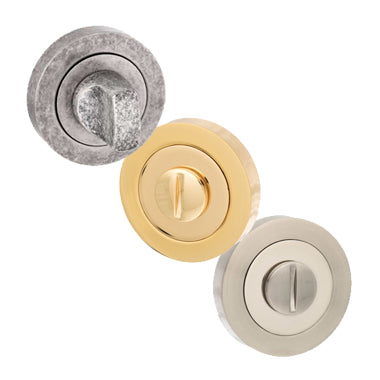Key Takeaways
| Scenario | Recommendation |
|---|---|
| Overlapping door swings | Avoid if possible, as it can impede functionality and cause damage |
| Limited space | Consider alternative door types, such as sliding or pocket doors |
| Adjusting door swing | Ensure proper clearance and avoid obstructions |
| Building regulations | Adhere to local codes for door swing and clearance requirements |
Introduction
When planning the layout of a room or a home, it's essential to consider the swing and clearance of your doors. A common question that arises is whether a door can swing into another door's clearance. In this blog post, we'll explore the potential issues with overlapping door swings and provide solutions to help you maximize space and functionality in your home.
The Challenges of Overlapping Door Swings
When a door swings into the clearance space of another door, it can lead to several problems:
- Reduced functionality: Overlapping door swings can make it difficult to open and close doors fully, limiting their usability.
- Potential damage: Doors that swing into each other's clearance can cause damage to the doors, frames, or hardware over time.
- Safety hazards: In emergency situations, overlapping door swings can impede quick evacuation and cause accidents.

Solutions for Limited Space
If you're working with limited space and want to avoid overlapping door swings, consider the following options:
- Sliding doors: These doors slide along a track, eliminating the need for a swing clearance and saving valuable floor space.
- Pocket doors: These doors disappear into a pocket within the wall when open, providing a seamless transition between rooms without any door swing.
- Bifold doors: These doors fold in on themselves, requiring minimal swing space and allowing for easy access to adjacent rooms.

Adjusting Door Swing Direction
In some cases, you may be able to adjust the swing direction of a door to avoid overlapping with another door's clearance. When doing so, consider the following:
- Ensure proper clearance: Make sure there is sufficient space for the door to swing open without hitting any obstacles or causing damage.
- Consider the room's layout: Adjust the door swing in a way that enhances the flow and functionality of the room.
- Adhere to building regulations: Some local building codes may have specific requirements for door swing direction, particularly for exterior doors or doors leading to public spaces.

Building Regulations and Door Clearance
When planning your door layout, it's crucial to adhere to local building regulations regarding door swing and clearance. These regulations may specify minimum clearance requirements for doors, particularly in areas such as hallways, staircases, and accessible routes. Always consult with a professional or your local building authority to ensure compliance and safety.
Conclusion
While it's generally not recommended for a door to swing into another door's clearance, there are solutions available to help you maximize space and functionality in your home. By considering alternative door types, adjusting door swing direction, and adhering to building regulations, you can create a well-designed and efficient layout. Explore the wide range of internal door options available and find the perfect solution for your space.































































































































